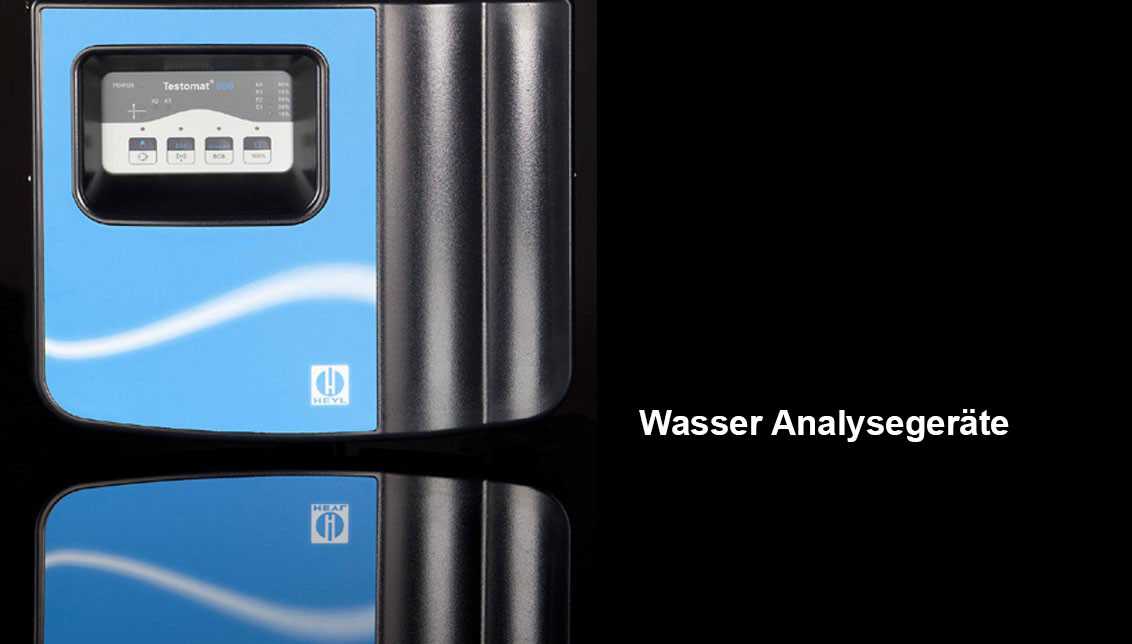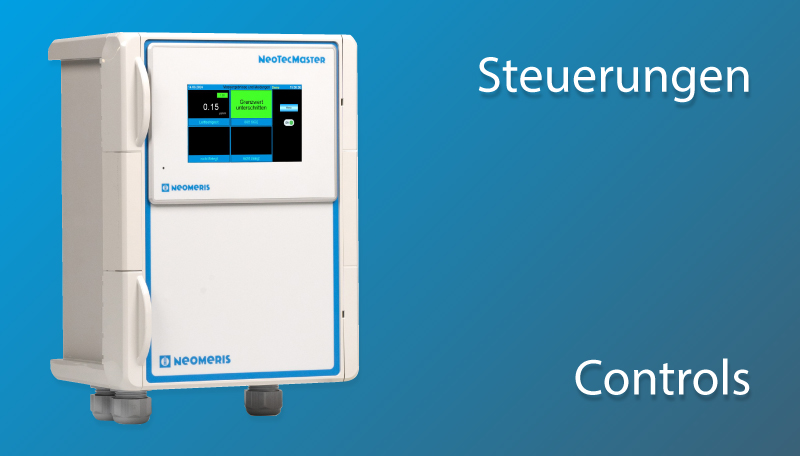Ultrasonic water meters from HeylNeomeris
Precise water management for agriculture and horticulture
Today, the sustainable use of water is a key criterion for economic success and ecological responsibility in agriculture and horticulture. Whether greenhouses, arable land or tree nurseries - precise recording of water consumption forms the basis for efficient irrigation concepts, eligibility for subsidies and process documentation. HeylNeomeris offers state-of-the-art ultrasonic water meters from Arad (pulse-controlled) and JUMO (Modbus communication-capable) for this purpose - suitable for a wide range of requirements in plant production.
The following are some examples of applications for Arad ultrasonic water meters (pulse-controlled) in the field of agriculture and plant production:
- Drip irrigation in fruit growing: each individual irrigation circuit (e.g. for apple or cherry orchards) is equipped with an Arad meter. The pulses are evaluated via an irrigation control unit to document water quantities with field accuracy.
- Mobile use in irrigation wagons: Arad meters measure the exact consumption with every trip. This data helps with the exact distribution of subsidies or for evaluating the water balance of individual areas.
- Crops under foil: In vegetable farms with different crops (e.g. lettuce, spinach, tomatoes), an Arad meter can be installed for each row of foil to monitor consumption, without the need for complex water metering systems.
The following application examples for JUMO ultrasonic meters that operate via a Modbus interface can be given for the agricultural sector:
- Automated greenhouse systems: JUMO meters transmit flow data in real time to the central control system. This allows the amount of water per plant table or cultivation zone to be individually adjusted - e.g. for the production of young plants or herbs.
- Hydroponic systems with nutrient circulation: In hydroponic systems, the JUMO meter continuously measures the flow rate in the circuit. The Modbus data is used for fine control of fertilization and water supply.
- Municipal green space maintenance with remote monitoring: In cities or municipalities, the water consumption of plant beds, lawns or roadside greenery can be transmitted in real time via Modbus and monitored centrally - for documented resource utilization and faster leakage detection.
Both technologies work on the basis of non-contact ultrasonic measurement - without mechanical components. This makes them particularly suitable for dirty water, variable flow rates and harsh operating environments. At the same time, they enable precise, low-maintenance detection of even the smallest quantities of water, e.g. in pot and container cultures in tree nurseries.
In combination with other HeylNeomeris components - such as the NeoTecMaster for central data acquisition or Testomats for water quality monitoring - an integrated monitoring and control system is created. In this way, consumption becomes a controllable, documentable process - eligible, efficient and ecological.
Technological advantages over the competition:
- Two protocols - maximum flexibility: Arad for simple, cost-efficient pulse evaluation; JUMO for complex systems with digital networking.
- High measuring accuracy - even for small quantities: Perfect for drip systems, container cultures or water recycling.
- Durable and robust: For water containing sand, fluctuating pressures and temperature differences - where many competitor products fail.
- Seamless system integration: Both models can be directly combined with other HeylNeomeris components such as NeoTecMaster (central measured value logger) or Testomat (water quality measurement).
- Eligible for subsidies and documentation-proof: Ideal for compliance with water balances, ESG requirements or EU funding criteria.
With HeylNeomeris, operators not only receive high-quality devices, but also a systemic solution comprising product, advice and integration - a decisive difference to providers who only supply individual components.
The ultrasonic meters from Arad and JUMO thus support farmers, horticultural businesses and technical planners in implementing modern, data-based, sustainable water management - transparently, economically and future-proof.
More water meters














